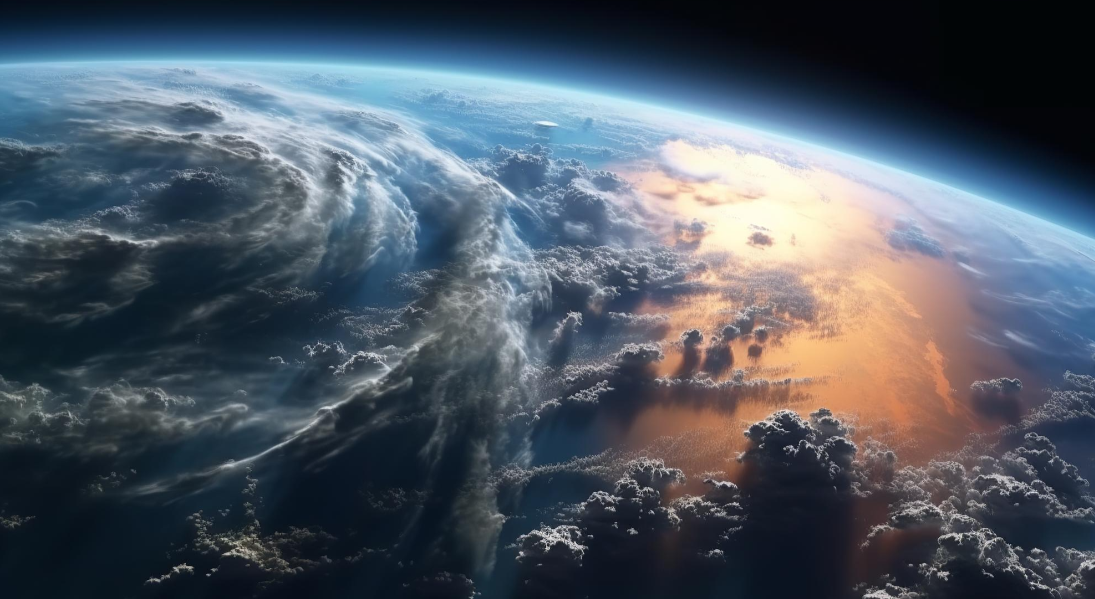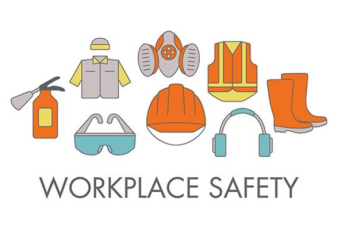Communication systems, power grids, surveillance systems: there are numerous modern technologies that, in the presence of space weather phenomena, can experience problems, from malfunction to service interruptions.
In a world like ours, where these technologies primarily drive all aspects of private and working life, these events can, therefore, bring quite a few problems. That is why it is essential to investigate them and find solutions to reduce their negative impact.
But what is meant by “space weather phenomena”? And what, concretely, are the risks to human activity? Let’s find out together in this article.
Space Weather
It may be helpful, first of all, to understand what space meteorology is and what it deals with.
Also known by the English term Space Weather, this science is concerned with analyzing and describing perturbations in and outside the space occupied by the solar system.
In particular, it deals with electromagnetic radiation, particles, and magnetic fields that may be produced by the Sun’s activity or other phenomena, including those outside our galaxy.
The study of these phenomena and their constant monitoring makes it possible to make predictions and identify solutions to limit damage in the event of high-space weather activities.
Space Weather Phenomena: What are the Main Ones
The main space weather events affecting Earth are caused by the solar wind, a flux of electromagnetic particles emitted by the Sun, which, coming into contact with the planet’s magnetic fields, can cause alterations in them.
These can also affect the ionosphere. In this case, we speak of geomagnetic storms, events that can vary in duration and intensity and are measured using magnetometers.
Next to them are solar radiation storms, resulting from the emission, again particularly from sunspots of high-energy protons, which tend to reach our planet very quickly, causing various problems.
In some cases, space weather events are not generated by the Sun but by other parts of the galaxy or by galaxies outside our own where phenomena that produce high energy levels occur. In particular, they may be caused by the activity of supernovae, hypernovas, and magnetars.
What are the Risks to Our Planet?
Although taking place in space, these phenomena can have a substantial impact on our planet and cause quite a few problems.
Going, for example, to investigate the consequences of a geomagnetic storm, we see that this can, first and foremost and as well explained in the detailed analysis presented by Prysmian – in which possible preventive measures are also indicated -put the telecommunications system in trouble by causing interruptions in satellite communications and GNSS signals, damage to infrastructure, more errors, degraded signals. All this can, as a direct consequence, have negative impacts on the operation of the telecommunications sector and, nonetheless, on the financial aspect.
Not only telecommunications systems, of course, but also numerous other infrastructures and technologies can suffer damage, slowdowns, and blockages in the presence of geomagnetic storms, solar radiation, and other space weather phenomena.
In particular, problems can affect power grids, which can suffer overloads and blackouts; gas and oil pipelines, for which interference can lead to service disruptions and the risk of accidents; and banking operations, with interference in electronic payment systems and ATMs.
Space Weather Impact On Society
Space Weather is an unpredictable phenomenon. There is no telling how destructive space weather can be. As a result, just understanding its impact on technology will do humanity a huge disservice. Therefore, it is equally important to understand how these phenomena affect human society itself.
Space weather can be devastating. It can cause extensive damage to human infrastructure. Back in February 2022, the SpaceX program lost around 40 satellites. Reports suggest that geomagnetic storms hit these satellites. This caused the satellites to burn up and fall into the atmosphere.
The 2022 event was not an isolated event. Back in 1989, the earth was hit by a massive geomagnetic storm. This storm was touted to be one of the most destructive storms of the 20th Century. Some even call it THE BIGGEST. The storm crippled the satellite operation to a great extent. NASA shared reports of Solar Maximum Mission Spacecraft falling to the earth due to immense drag.
The incident crippled telecommunication, and parts of Quebec, Canada, the UK, and the US experienced a complete blackout. The situation went out of hand, and people took to the streets. Reports suggested that there were small pockets of violence and criminal activities in several areas of the afflicted region.
Honestly, there is no specific way to understand what is space weather’s role in socio-economic collapse. However, sources suggest that cosmic events usually incite mass-scale hysteria. As a result, geomagnetic storms can become detrimental socially.
Space Weather Impact On Climate
Space weather phenomena have been one of the most important factors in deciding our climate. These events can increase air density and overall temperature, along with tons of other long-term effects. Therefore, space weather’s impact on climate is varied.
Radiation from geomagnetic storms tends to leave harmful particles in the atmosphere. These particles stay in the atmosphere for the longest and can be one of the leading causes of diseases like cancer, tumors, etc.
Assessing & Managing Risks
The Carrington Event of 1859 was the most intense geomagnetic storm ever recorded. The event created auroral patterns in the sky across the globe. The incident was so huge that the whole of the world witnessed it. However, research suggests that this was not a one-off incident. Such incidents were recorded earlier as well.
Therefore, NASA is reportedly working on technologies that could sense the radiation spikes in the atmosphere to predict and contain it. However, we must never forget ‘what is space weather’ and how detrimental it can be.
The Final Thought
In short, all human activities using technology can experience slowdowns, disruptions, and damage due to weather phenomena originating in interplanetary space and beyond. Therefore, identifying solutions to prevent this problem is of paramount importance. Sadly, we are years away from that. However, NASA, along with other space programs, is working to find a credible solution.
Read Also:




























